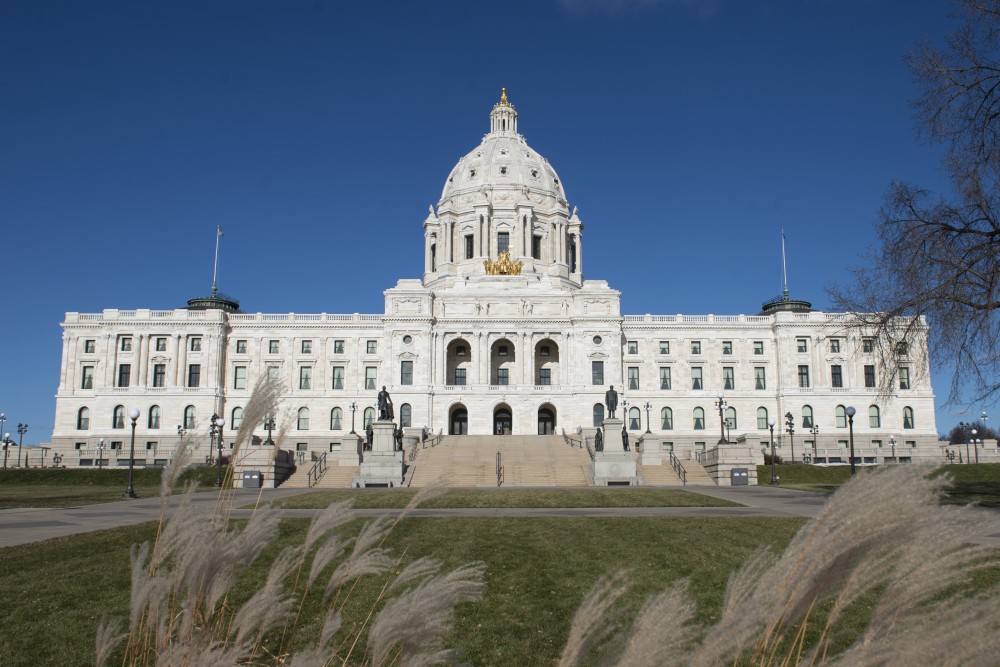The University of Minnesota’s biennial budget request is around one-third that of its state system counterpart, which may help the school make its case to lawmakers this session.
In recent years, the Minnesota State system has received increased support from the Capitol while the University has seen funding lag behind their budget requests. The Minnesota State system’s request for a $246 million increase in state funding for fiscal years 2020-21 compared to the University’s $87 million may lead legislators to question recent trends.
“I think Minnesota State asking for $246 million is really just out of hand and it kind of destroys their credibility,” said Sen. Jim Abeler, R-Anoka. “Any institution can spend any amount of money.”
State funding for the Minnesota State system, which has around 60,000 more students than the University, was less than or equal to that of the University until around 2015. Last biennium, Minnesota State requested $178 million in increased state support and was allocated $106 million.
The University saw $54.62 million of their $147.2 million request for the same years.
“I’m very aware of what our results have been relative to Minnesota State’s,” said Board of Regents Chair David McMillan. “We’d sure like to do better on a relative basis than we have in the past years, and we think putting this reasonable and thoughtful, balanced approach to making sure our budget balances in front of the Legislature was the right way to go.”
The House higher education finance committee chair, Rep. Connie Bernardy, DFL-New Brighton, said she hopes the Minnesota State system doesn’t compete with the University over funds. Instead, she said the fulfillment of both systems’ requests are dependent on state appropriations to the higher education committees.
“My goal is that there’s not going to be a versus, that we’re all in this together,” Bernardy said. “And if we focus on making the pie as big as possible, we don’t get into the versus.”
McMillan said the University’s request was not made with any consideration of the State system’s potential ask or strategy.
“I don’t know what Minnesota State did,” McMillan said. “There wasn’t any thinking to my knowledge that our ask would change relative to their ask; we developed ours independently, and as far as I know, nobody in the administration ever had a conversation about ‘we asked for this, maybe they’ll ask for that,'” McMillan said.
The Senate higher education committee chair, Sen. Paul Anderson, R-Plymouth, said he hopes the University’s request will ensure holding in-state tuition on the Twin Cities campus to a two percent increase and freeze tuition on the other campuses.
“Our jobs as legislators is to really take these proposals and scrutinize them and ask the tough questions and hold the University accountable for the amount of money we give them,” Anderson said. “In my mind, we have to do everything we can to make sure those tuitions are held at zero or reduced.”
But Anderson noted the University’s 2019 capital request, which totals $232.3 million, is more than the state system’s $150 million ask.
“When you look at it from the bonding request, you get a situation where the requests are flipped, so the U’s actually asking for more bonding money and MN State’s asking for less,” Anderson said. “When we come out with our budget, I’m guessing people won’t be thrilled if we don’t fully fund all of them, but at the same time I hope they feel it’s a fair process and it will all work out.”








